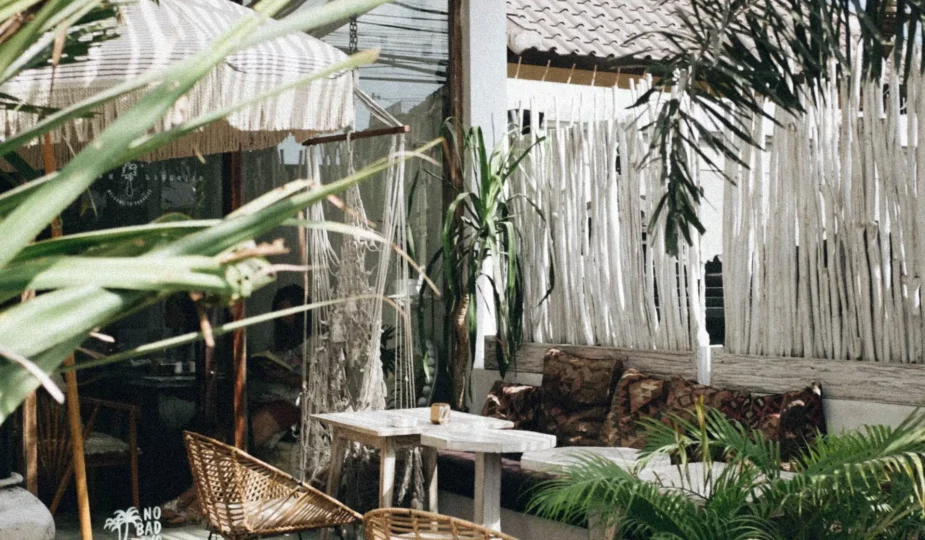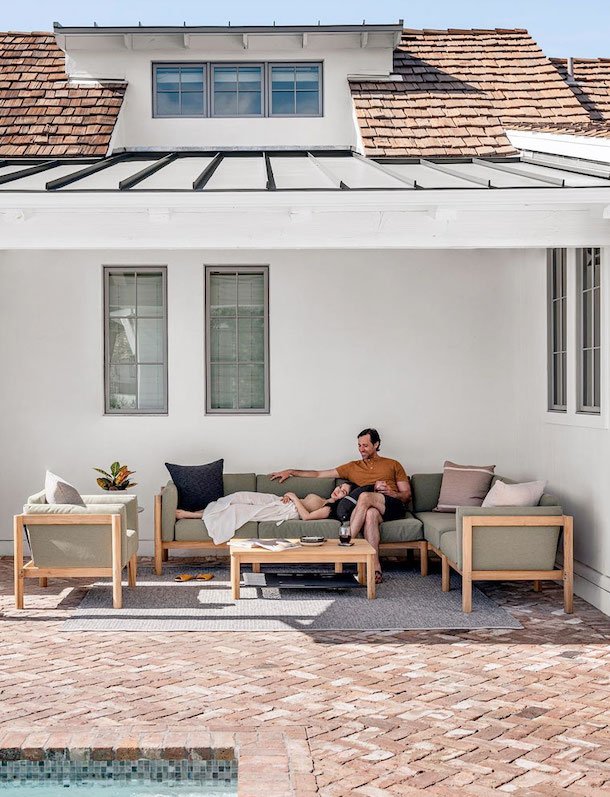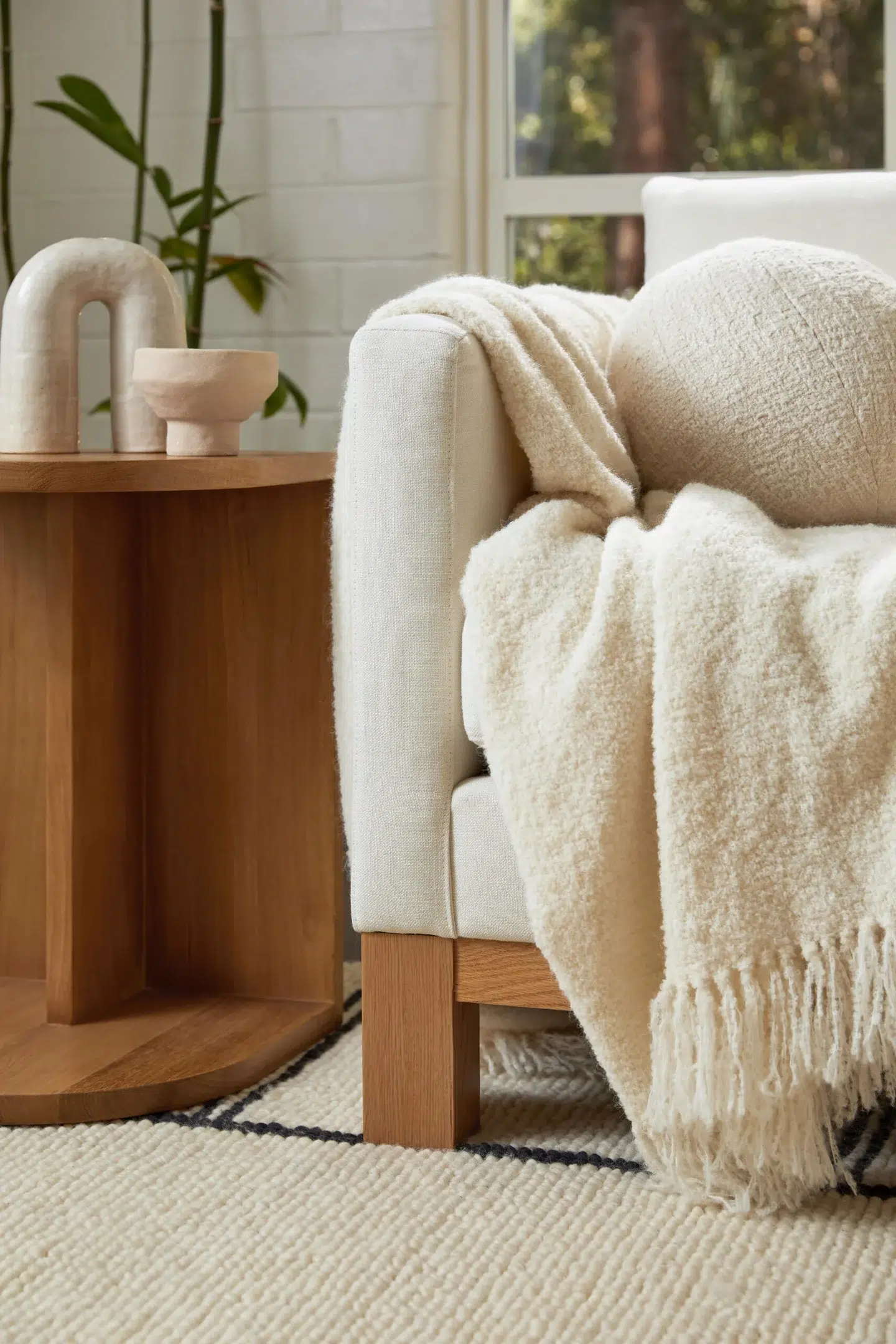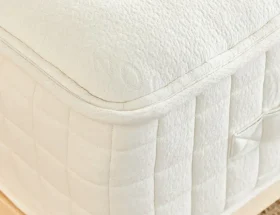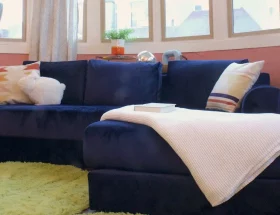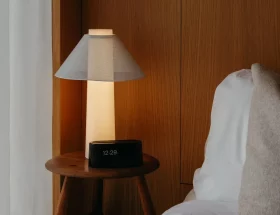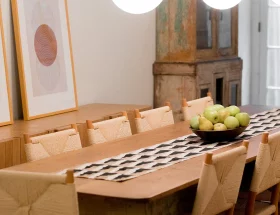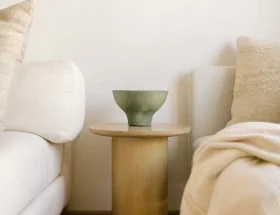On average, Americans spend about 90 percent of their time indoors. But we weren’t always like this. For thousands of years, our ancestors relied on the natural world for food, shelter, safety, tools, and clothing. In fact, we still depend on the natural world for life itself, yet we often live in spaces that separate us from nature as much as possible.
Biophilic design aims to remedy that disconnect by incorporating nature into our spaces through plants or design that mimics the natural world. Pinterest’s 2022 Trend Report even included biophilic design as a trending search category. But biophilic design isn’t just trendy—it’s how we’re wired.
What Is Biophilic Design?
Psychoanalyst Erich Fromm and biologist E.O. Wilson both independently coined the term biophilia in the second half of the 21st century. Fromm called biophilia a “passionate love of life and of all that is alive.”
Stephen R. Kellert helped pioneer the modern biophilic design movement, authoring books like “The Biophilia Hypothesis” and “Biophilic Design: The Theory, Science and Practice of Bringing Buildings to Life,” and noting how we design our spaces and how we connect to the natural world are critical to human health and well-being.
“How we design our spaces and how we connect to the natural world are critical to human health and well-being.”
Incorporating more nature into a space can be literal, like adding plants to liven up a room, or more indirect, like prioritizing natural shapes or soft lighting. Trending biophilic Pinterest search terms include “staircase garden” and “vertical plant wall.”
City-wide infrastructure can be designed biophilically, too, like when a city prioritizes green spaces, foot traffic, or community gardens. One of the earliest examples of intentional biophilic design was the Hanging Gardens of Babylon, rooftop gardens by the royal palace in ancient Babylon.
Sally Coulthard, author of “Biophilia: You + Nature + Home,” says she has three “non-negotiable” biophilic elements in her spaces: “access to natural light, being surrounded by living greenery and minimizing intrusive aspects of modern living like unwanted industrial and traffic noise, air pollution, and artificial light.”
Benefits Of A Biophilic Environment
The positive relationship between humans and nature has been well-documented for ages. And we don’t necessarily need studies to understand it—think about how you feel after going on a long hike or sitting in the sun. A love of nature is written into our DNA.
Bringing natural elements into our spaces has some of the same positive psychological effects. A 2015 University of Surrey study found that adding just a few biophilic interior details like plants, water features, and views of nature reduces stress levels for occupants and even increases pain tolerances. And this National Taiwan University study found that some of the top biophilic design elements for improving physiological and psychological health were natural images, natural materials, and plants.
Coulthard’s Biophilia: You + Nature + Home is a user-friendly handbook explaining the benefits of “bringing the natural world into your home.” She notes the overlap between the built environment and nature through sustainable building materials, indoor/outdoor living, and our bodies’ natural rhythms with the earth (did you know morning light exposure can help regulate your sleep schedule?). In these ways, biophilic design is less about buying a few plants or wooden home decor items and more about living in tune with the natural world.
“Biophilia isn’t just about surface materials or colors. You can’t buy biophilia off a shelf.”
– Sally Coulthard, Author
“Biophilia isn’t just about surface materials or colors. You can’t buy biophilia off a shelf,” says Coulthard. “It’s about going deeper into the human experience and working out why so many of our living spaces aren’t working for us.” Think about the headache you might get from the office’s fluorescent lights or the frustration of being woken by car horns. Then imagine the peace of bringing a hot beverage outside in the morning or falling asleep to crickets.
Biophilic Design In Cities
“I live in the countryside and being surrounded by nature feeds into every aspect of my life and work—without it, I’d be lost,” says Coulthard. “But many of the greatest strides being made in biophilic living are in cities.”
A biophilic city, according to the American Planning Association, creates environments that treat human contact with nature as a basic need, not a luxury. These elements might look like more rooftop gardens, biking paths, car-free districts, and planting trees to mitigate urban heat islands. Biophilic cities combine the energy efficiency of city living with the hands-on relationship with nature that rural living affords.
Solarpunk, an art movement that envisions futuristic cities built in perfect harmony with nature, is the epitome of biophilic design, imagining cities with rooftop forests, ferries powered by renewables, and human-centered design.
How To Incorporate Biophilic Design Into Your Own Space
Read on for our top tips to incorporate biophilic design into your space. City-wide biophilic design is just as important, too, so consider volunteering at your local park or biking to work. “My argument is that we need to bring back as many of these natural elements as possible into our daily lives and built environments,” says Coulthard, “to fulfill our potential and be healthy.”
- Add plants. This one is quite obvious, but we suggest going deeper than just buying a few plants from Home Depot and calling it a day. As anyone with houseplants knows, keeping them alive isn’t a walk in the park. Research your plant type’s water, sunlight, soil, and humidity needs. And if it starts to ail, look up how to fix it! No one is born with a green thumb, but with Google at your fingertips, you can develop one.
- Prioritize natural materials. In the market for a new piece of furniture or decor? Look for goods made of natural materials, like wooden coffee tables or framed mirrors, jute rugs or baskets, and stone bowls or bookends.
- Mimic nature with your design elements. Even natural colors or images of nature work here, too. Consider an earthy color palette full of greens and blues or pictures of the natural world the next time you’re looking for a framed wall print. Look for shapes that mimic the natural world, too, like circular furniture or an asymmetrical lighting element.
- Highlight outdoor views and natural light. We can’t always control the amount of natural light coming into our spaces, but we can make the most of what we have. Arrange seating next to windows to get more sunlight while you’re indoors, and if you’re lucky enough to have gorgeous outdoor views, highlight them with sheer curtains and attention-grabbing plants.
- Maximize any outdoor space. You might have to head to the park for outdoor time. But if you have a balcony, patio, or yard, make the most of them with some seating and any decor that’ll pull you to spend time there—string lights, plants, outdoor rugs, etc.
Natalie Gale is a Boston-based freelance journalist. When she’s not writing about art, food, or sustainability, you can find her biking to the farmers’ market, baking, sewing, or planning her next Halloween costume. Say hi on Instagram!
